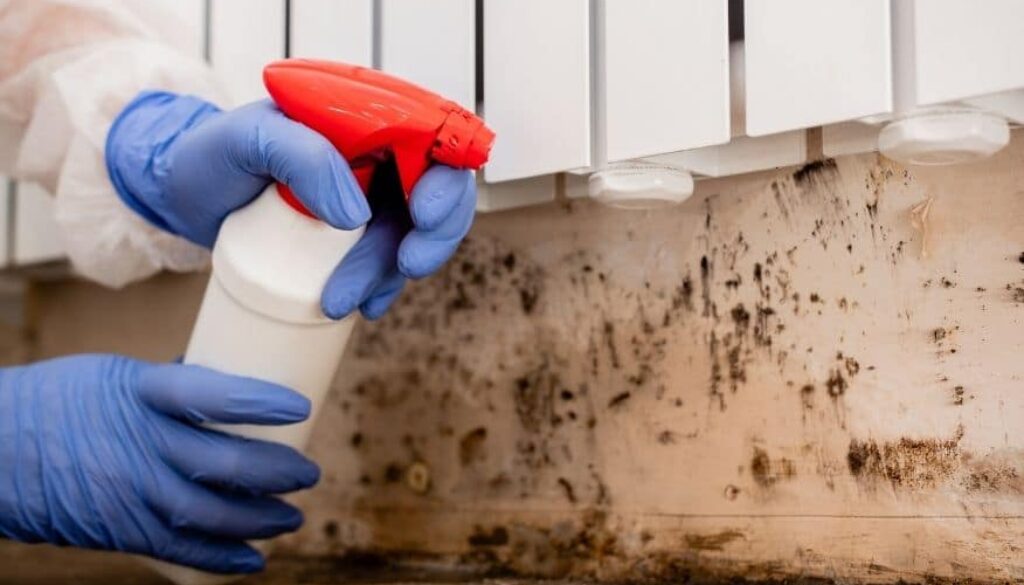
Mold can be a serious problem in any property, whether it’s a cozy home, a bustling office, or a sprawling commercial space. Understanding how to effectively tackle mold issues is crucial for maintaining a healthy environment and protecting your investment. Let’s dive into the specifics of mold remediation across different types of properties and explore the best practices for each.
What is Mold Remediation?
Before we jump into the specifics, let’s discuss what mold remediation actually involves. Mold remediation is the process of removing mold and preventing its return. It includes identifying the source of moisture, removing contaminated materials, and ensuring that the environment is dry and clean. Proper mold remediation not only eradicates the visible mold but also addresses the underlying issues that could lead to future growth.
Homes: Creating a Safe and Healthy Living Space
Understanding Mold in Homes
Homes are particularly vulnerable to mold growth due to their variety of moisture sources—leaky roofs, plumbing issues, and even high humidity levels. Mold in a home can cause health problems, including respiratory issues, allergies, and headaches. Therefore, it’s essential to address mold problems quickly and efficiently.
Steps for Effective Mold Remediation in Homes
- Identify the Source of Moisture: The first step in remediation is locating the source of moisture. This could be a leak in the roof, a broken pipe, or high humidity. Fixing the source of moisture is critical to preventing mold from returning.
- Remove and Dispose of Contaminated Materials: Materials like drywall, insulation, and carpets that are heavily contaminated with mold may need to be removed and replaced. It’s essential to handle these materials with care and dispose of them properly.
- Clean and Disinfect: Use specialized cleaners to disinfect surfaces that have been affected by mold. This includes cleaning HVAC systems, as mold can spread through air ducts.
- Dry the Area Thoroughly: Use dehumidifiers and fans to dry out the affected area completely. Mold thrives in moist environments, so drying out the area is crucial for long-term success.
- Repair and Repaint: Once the area is dry and clean, repair any damaged structures and repaint using mold-resistant paint.
Preventive Measures for Homes
- Regular Inspections: Regularly check for signs of leaks and moisture problems.
- Ventilation: Ensure proper ventilation in areas prone to moisture, such as bathrooms and kitchens.
- Humidity Control: Keep indoor humidity levels below 60% to discourage mold growth.
Offices: Maintaining a Professional and Healthy Work Environment
Mold Challenges in Offices
Offices, with their constant use and varied environmental controls, can face unique mold challenges. High foot traffic, fluctuating temperatures, and occasional water leaks can all contribute to mold problems. Additionally, mold in the office can impact employee health and productivity.
Steps for Effective Mold Remediation in Offices
- Assess the Situation: Conduct a thorough inspection to identify mold sources. This might involve checking for leaks in plumbing systems, inspecting HVAC units, and looking for signs of moisture in walls and ceilings.
- Contain the Affected Area: To prevent mold spores from spreading, seal off the affected area using plastic sheeting and negative air pressure machines if necessary.
- Remove Contaminated Materials: Just as with homes, remove and dispose of any materials that are extensively contaminated. This can include ceiling tiles, carpets, and office furniture.
- Clean and Disinfect: Use commercial-grade cleaning agents to sanitize surfaces and equipment. Ensure that HVAC systems are thoroughly cleaned and serviced.
- Ensure Proper Drying: Utilize industrial dehumidifiers and fans to dry the area completely. Maintaining a dry environment is essential for preventing future mold growth.
- Repair and Restore: Repair any structural damage and replace affected materials. Consider using mold-resistant products for any new installations.
Preventive Measures for Offices
- Routine Maintenance: Regularly inspect and maintain plumbing and HVAC systems.
- Monitor Humidity Levels: Use dehumidifiers and air conditioning to control indoor humidity.
- Employee Training: Educate employees about the signs of mold and encourage them to report any issues immediately.
Commercial Properties: Protecting Larger Investments
Unique Mold Issues in Commercial Properties
Commercial properties, including retail spaces, warehouses, and industrial buildings, face unique mold challenges due to their size and varied usage. Large areas, high ceilings, and complex HVAC systems can all contribute to mold problems.
Steps for Effective Mold Remediation in Commercial Properties
- Comprehensive Inspection: Perform a detailed inspection of the entire property. Pay attention to areas with high moisture levels and check for leaks in roofs, walls, and pipes.
- Containment: Use barriers and negative pressure systems to contain the mold. This helps prevent spores from spreading to unaffected areas.
- Removal and Disposal: Remove and dispose of contaminated materials, including large sections of drywall, insulation, and flooring. For larger properties, this might require specialized equipment and teams.
- Cleaning and Disinfection: Use industrial-grade cleaners and disinfectants to treat affected surfaces. Ensure that all areas, including ducts and vents, are thoroughly cleaned.
- Drying: Employ high-capacity dehumidifiers and air movers to ensure complete drying of the property. Monitoring equipment can help verify that moisture levels are adequately reduced.
- Restoration and Prevention: Repair any damage and restore the property to its original condition. Implement preventive measures such as regular maintenance and moisture control systems.
Preventive Measures for Commercial Properties
- Regular Inspections: Schedule regular inspections and maintenance for all systems.
- Humidity Control: Maintain optimal humidity levels using dehumidifiers and air conditioning.
- Emergency Planning: Develop and implement an emergency response plan for mold outbreaks.
Conclusion: Keeping Your Property Mold-Free
Mold remediation is a crucial aspect of maintaining a healthy and safe environment, regardless of the type of property. Whether you’re dealing with a cozy home, a bustling office, or a large commercial space, understanding the specific challenges and following the appropriate steps can help you effectively manage and prevent mold issues.
Let’s discuss: Have you encountered mold issues in your property before? What strategies did you find most effective? Share your experiences and tips in the comments below. If you’re dealing with a mold problem, don’t hesitate to reach out to a professional for assistance. Maintaining a clean, dry environment is key to keeping mold at bay and ensuring the long-term health and safety of your property.







